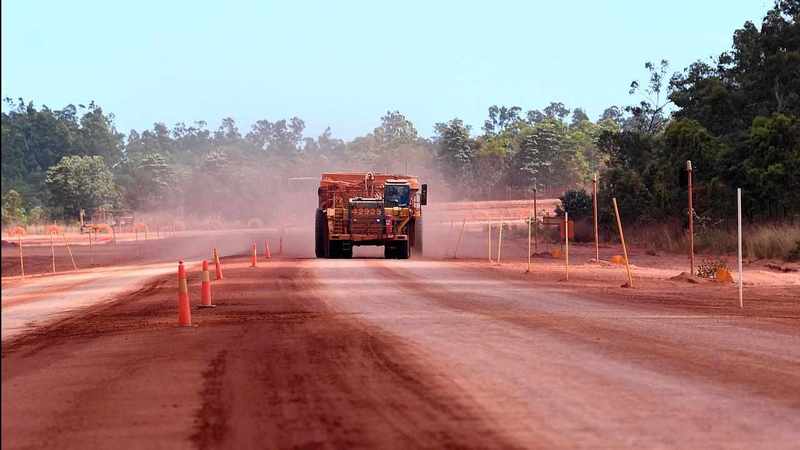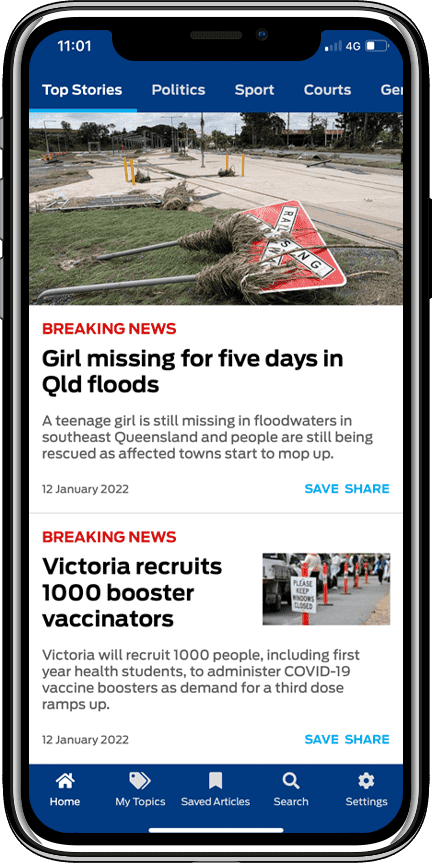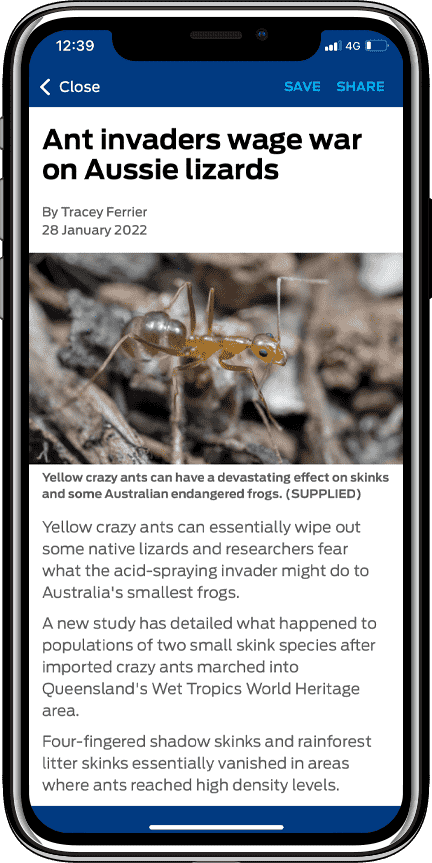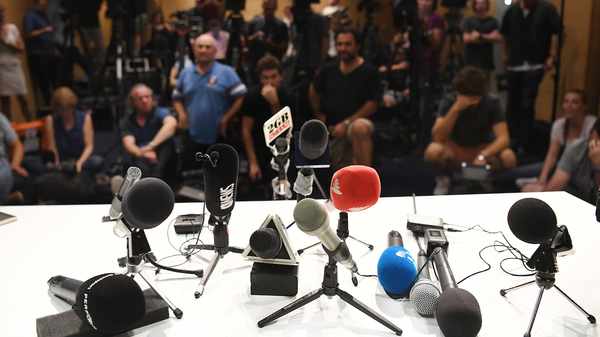There are tens of thousands of inactive and unrehabilitated mine sites across Australia but only 15 examples of repurposed mined land, a report has found.
National science agency CSIRO believes Australian businesses can become leading suppliers of mine closure solutions, and the situation presents particular opportunities for Indigenous and regional communities.
Resources Minister Madeleine King is confident the mining sector will grow as Australia works to reduce carbon emissions.
"We will need more minerals to build the wind turbines, batteries, solar panels and transmission lines needed for the energy transition," she wrote in the forward to the CSIRO report.
"As we open more mines there will inevitably be growth in demand for expertise in mine closures and rehabilitation, this will bring immense opportunity for both workers and communities, including for First Nations communities.
"Just as Australia has a world-leading reputation for our mining, equipment and technology services, we can become a major exporter of skills and expertise in mine closure and rehabilitation services."
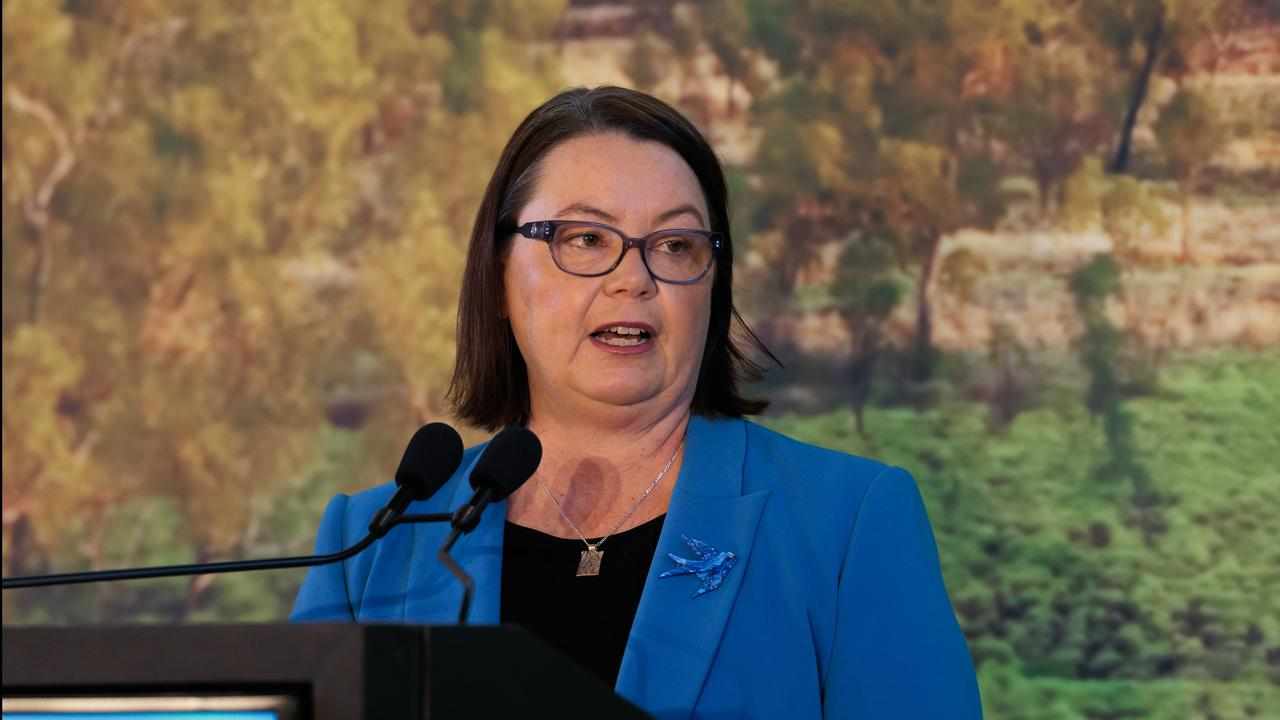
CSIRO analysis projects annual expenditure exceeding $4 billion on mine closure and rehabilitation, as around 240 Australian mines approach closure by 2040.
The report, delivered for the Cooperative Research Centre for Transformations in Mining Economies, explores opportunities for Australian businesses to address challenges posed by mine closures, including equipment, technology, and services.
The report identified opportunities across engagement and partnership, waste reduction and recovery, mine rehabilitation and land use transitions.
The centre's chief executive Guy Boggs said further co-operation and targeted action was needed.
"We also see partnering on targeted studies of opportunities for Indigenous, regional and export-focused businesses as a priority," he said.
Engaging and building relationships with First Nations people was fundamental to a successful mine transition.
"As stewards of country, that is just so important," Dr Boggs said.
"As is recognising and providing opportunities for traditional owners to actually be part of the healing process or the repurposing process, and in roles that enable them to be really proactive in helping set the future."
Closing mine sites and managing the associated risks is complex and expensive but with the right policy settings, industry and academic support, this should be seen as an opportunity for Australian start-ups, Dr Boggs said.
Coal has been mined in the Collie basin on Noongar country in south-west Western Australia for more than 100 years, creating at least 13 pit lakes.
One of these pit lakes was rehabilitated and integrated into the Collie River South Branch as Lake Kepwari, which means "playing in water" in the local Wilman language.
Lake Kepwari was developed as a place for water skiing, diving and other recreational pursuits.
The social dimensions of mine closure are increasingly being recognised as an important factor in the mining life cycle.
However, despite the increasing focus on mine closure and transitions, Lake Kepwari is one of only a few examples of successful mine closure, relinquishment and post-mining land use in Australia.
"I think that poor record book talks to a confused landscape," Dr Boggs said.
"This report starts to bring to the front an idea of what success actually looks like and it connects with a few other areas of work that we've done.
"Trying to get companies and governments and third parties to engage in major transitions has been difficult because everyone's had different ideas of what success looks like."
Some mine closure and remediation activities are already supported by existing operators.
Many other diverse businesses, like plant nurseries, drone operators, software developers, environmental services providers and specialist consultants also contribute to providing mine closure solutions.
"In the Pilbara, the (WA) state government put $5 million into the development of the northern native seed industry working with Indigenous groups from across from the Kimberley, Pilbara, Goldfields and Esperance area - that's a really valuable investment and it'd be great if there was more like it," Dr Boggs said.
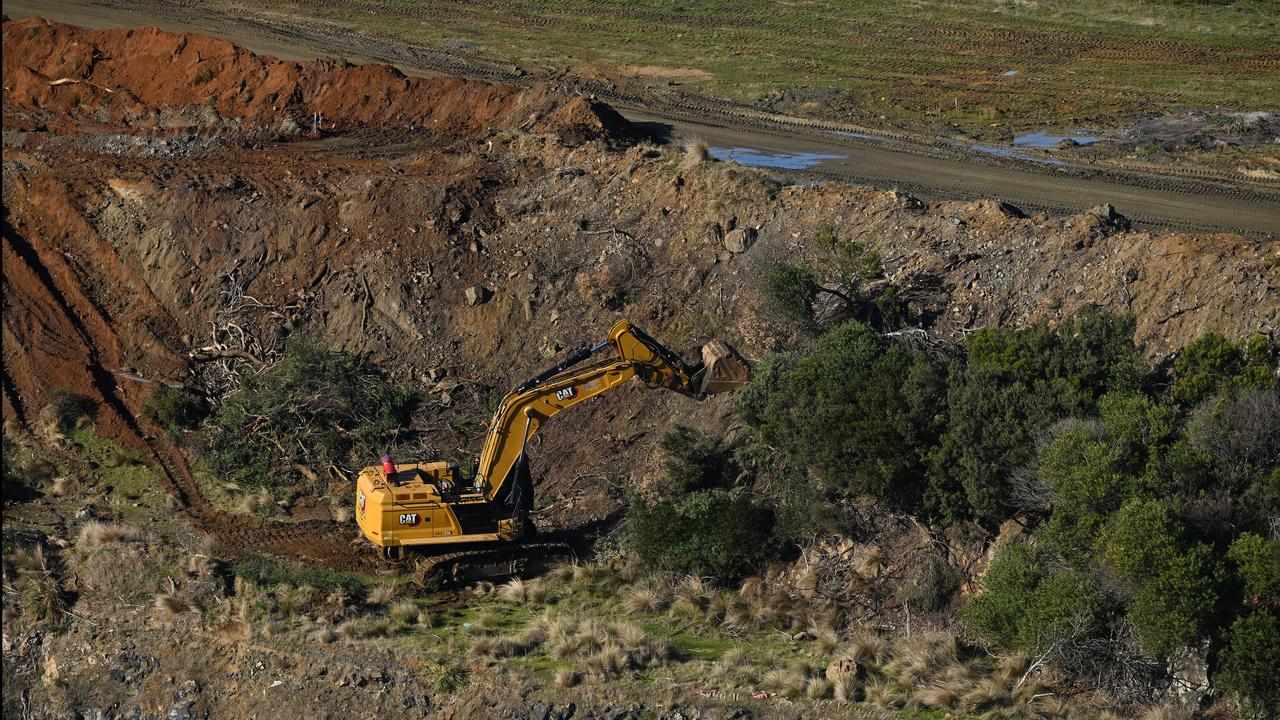
Exploration and mining practices are well understood and supported by government, industry and academic institutions but mine closure transition remains an emerging industry.
Dr Boggs hopes that will begin to change with the release of the report.
"What I've seen is people have fallen into these sorts of jobs from other areas - exploration, operational areas, which are well defined and have education and training programs," he said.
"But in our space, it's lacked definition and so then it's lacked the ability to even design a training or education program, although in the last few years, we have started to see movement."
Lead author Dominic Banfield said mining was critical to Australia’s economy, contributing to jobs and essential minerals for the country’s energy transition and net-zero emissions goals by 2050.
"With thousands of active and inactive mines in Australia, the demand for mine closure solutions will only increase as we seek to ensure positive closures and to transition regions to successful post-mining futures," he said.
